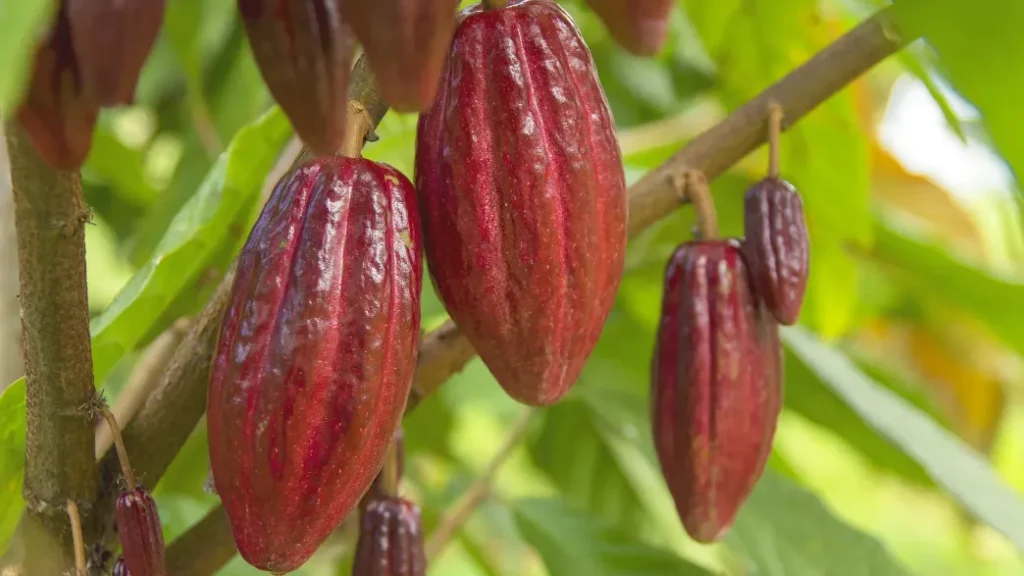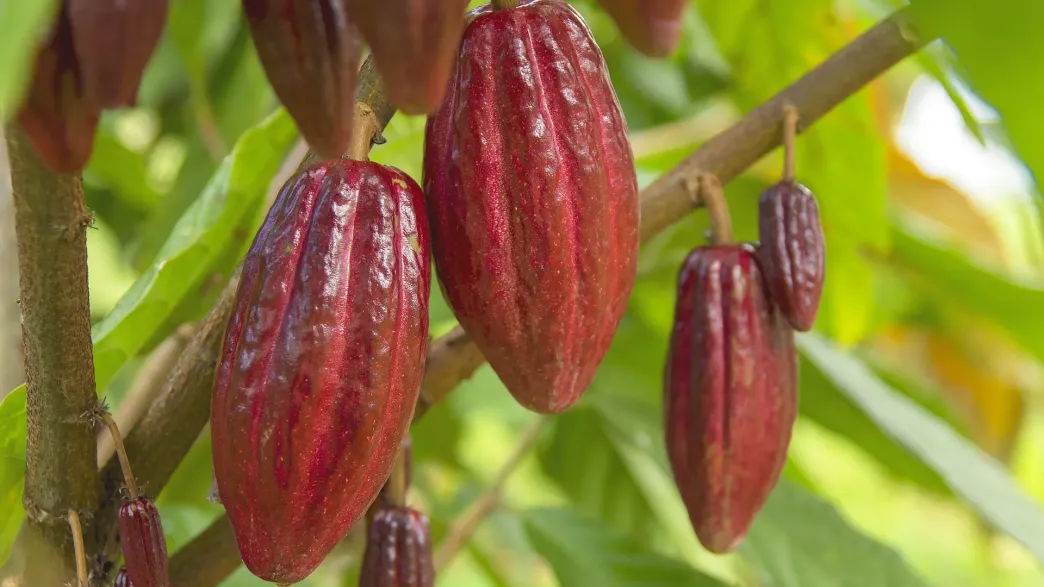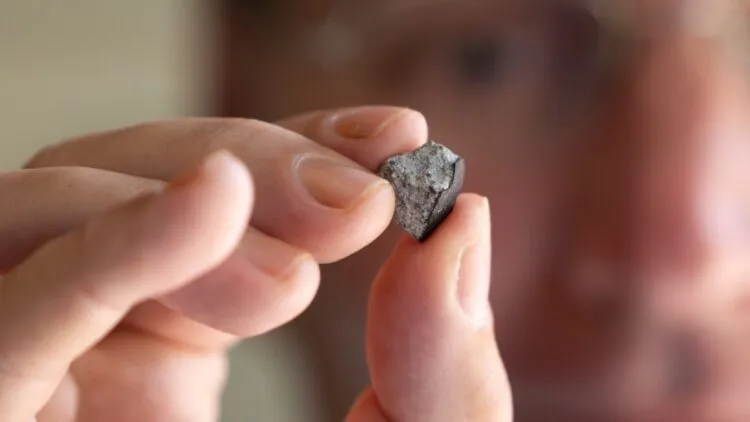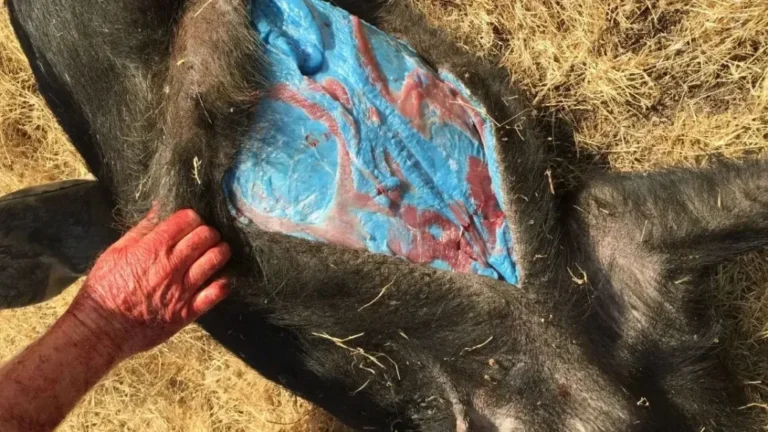Scientists Unlock the Secret to Chocolate’s Flavor, and It Could Change Everything

What if the difference between mediocre chocolate and the kind that makes you close your eyes and savor every bite came down to a handful of microscopic organisms? And what if we told you that scientists have just figured out how to control that process?
Welcome to the most delicious scientific breakthrough of 2025.
The Sweet Science Behind Chocolate Flavor
For centuries, the process of making chocolate has been an intricate dance of art and science, with an element of unpredictable chance. The typical chocolate-making process begins with farmers cracking open cacao pods, scooping out the sticky pulp, and allowing it to ferment, sometimes in wooden boxes or simply on banana leaves. During fermentation, natural microbes in the environment work their magic—if everything goes well, the result is a rich, flavorful chocolate. If it doesn’t, the flavor can be flat, even cardboard-like.
“For years, the process has been a bit like rolling the dice,” says Dr. David Gopaulchan, the lead researcher behind the breakthrough. “Get it right, and the chocolate tastes incredible. Skip fermentation, and you get a bland product.”
The natural randomness of this process has led to variations between chocolate from different regions—whether it’s Venezuela’s nutty, roasted notes or Trinidad’s tangy, wine-like chocolate. It’s been a bit of a flavor lottery.
But that’s about to change, thanks to a major breakthrough.
The Microbial Dream Team
In a groundbreaking study, researchers at the University of Nottingham have unlocked the secret to chocolate’s complex flavors. Working with three farms in Colombia, Dr. Gopaulchan and his team discovered that just nine specific microorganisms can recreate the rich, diverse flavor profiles found in premium chocolate.
These microorganisms include yeasts such as Saccharomyces and bacteria like Lactobacillus and Acetobacter. By replicating this unique microbial mix in controlled lab conditions, the team was able to produce chocolate that mimicked the fruity, floral notes of premium Colombian beans and the typical dull flavors from the less-developed beans in Antioquia.
“The microbes we’ve identified act as flavor architects,” says Professor David Salt, co-senior author of the study. “By controlling which microbes are present, we can dial up or down specific flavor notes, giving us the ability to replicate premium cocoa and even create entirely new flavor profiles.”
In fact, the research revealed that flavors could even lean toward unexpected tastes like cheese or meat, showing the vast potential for expanding chocolate’s flavor range.
Why This Breakthrough Matters
You might think this is just another laboratory curiosity, but the implications are far-reaching. The global chocolate market was valued at $60.6 billion in 2024 and is projected to grow to $93.2 billion by 2034. With cocoa prices soaring past $10,000 per ton due to weather disruptions and crop diseases, the industry is facing a supply crisis.
This is where the breakthrough becomes a game-changer. By utilizing microbial starters, chocolate manufacturers can extract more flavor from fewer beans. As Professor Salt explains, “If farmers nurture the right microbes, their beans will taste better and fuller, meaning manufacturers don’t need as much cocoa to achieve the same flavor profile. This is a huge efficiency boost in a volatile market.”
The End of Chocolate Roulette
Mass producers like Hershey’s have always struggled with maintaining consistency. A chocolate bar in Pennsylvania needs to taste the same as one in São Paulo, but natural fermentation has made that difficult.
“Variation is the enemy of scale,” Dr. Gopaulchan explains. “But with microbial starters, we can eliminate that variability. No more hoping the right microbes show up to the fermentation party.”
However, this precision comes with a trade-off. The quirks and uniqueness that artisanal chocolate offers could be lost in the process. For mass production, consistency may be the priority, but for artisanal producers, that individuality is part of what makes the chocolate special.
Designer Chocolate: The Future is Here
The possibilities go far beyond just making chocolate taste the same every time. With this microbial technology, we could see a new age of “designer chocolate” where the fermentation process is as controlled and refined as wine-making or craft beer brewing.
Imagine walking into a chocolate shop and choosing between a citrus-forward bar, fermented with a specific yeast strain, or a berry-infused variety, driven by a distinct bacterial blend. Pastry chefs could order couverture chocolate that’s perfectly suited to their desserts, while snack manufacturers could create chocolate chips that naturally taste like fruit—without artificial flavoring.
This opens the door for premium chocolates that are individually crafted with their own distinct microbial signatures, creating a new category of chocolate products.
The Global Impact
For farmers, especially those in developing nations where cacao is a vital crop, this research offers the promise of more consistent, predictable harvests. By using microbial starters, farmers can ensure the quality of their beans, even in the face of unpredictable weather.
For manufacturers facing rising cocoa prices, this research could provide the key to maximizing flavor while minimizing the amount of cocoa needed.
And for chocolate lovers, the possibilities are endless. We could soon be living in a world where new, unimaginable chocolate flavors become a reality. A world where chocolate is no longer limited to the flavors we already know, but where new innovations constantly expand what chocolate can taste like.
A New Era for Chocolate
This isn’t the first time chocolate has reinvented itself. The industrialization of chocolate in the 19th century made it affordable for the masses. The invention of milk chocolate created an entirely new product category. And the rise of the bean-to-bar movement brought high-quality, artisanal chocolate into the mainstream.
Now, the revolution is happening in labs. The team at Nottingham University is rewriting the rules of chocolate-making with microbes, guided by data and a deep understanding of fermentation. Just like how starter cultures revolutionized beer and cheese, cocoa fermentation is on the brink of its own transformation.
Dr. Gopaulchan puts it best: “This research is a shift from haphazard, uncontrolled fermentations to a science-driven process. Just as beer and cheese evolved with starters, chocolate is set to follow suit, leading to optimized, flavorful products.”
Looking Ahead: The Future of Chocolate
As this technology advances, we’re entering a new experimental era for chocolate. The possibilities are endless. The chocolate industry is now open to flavors we never imagined, controlled by organisms we can barely see, but with profound implications for the future.
Professor Salt sums it up: “Ultimately, this gives us choice. We don’t have to accept whatever microbes the wind blows into a box of beans. We can now steer fermentation, protect farmers’ incomes, and expand the flavor possibilities of chocolate.”
For consumers, this means more reliable, adventurous, and personalized chocolate experiences. For the chocolate industry, it signals a new age where science and flavor unite, making chocolate a treat that’s both innovative and timeless.
The age of leaving chocolate’s flavor to chance is over. A new era of precision and possibility has begun.







